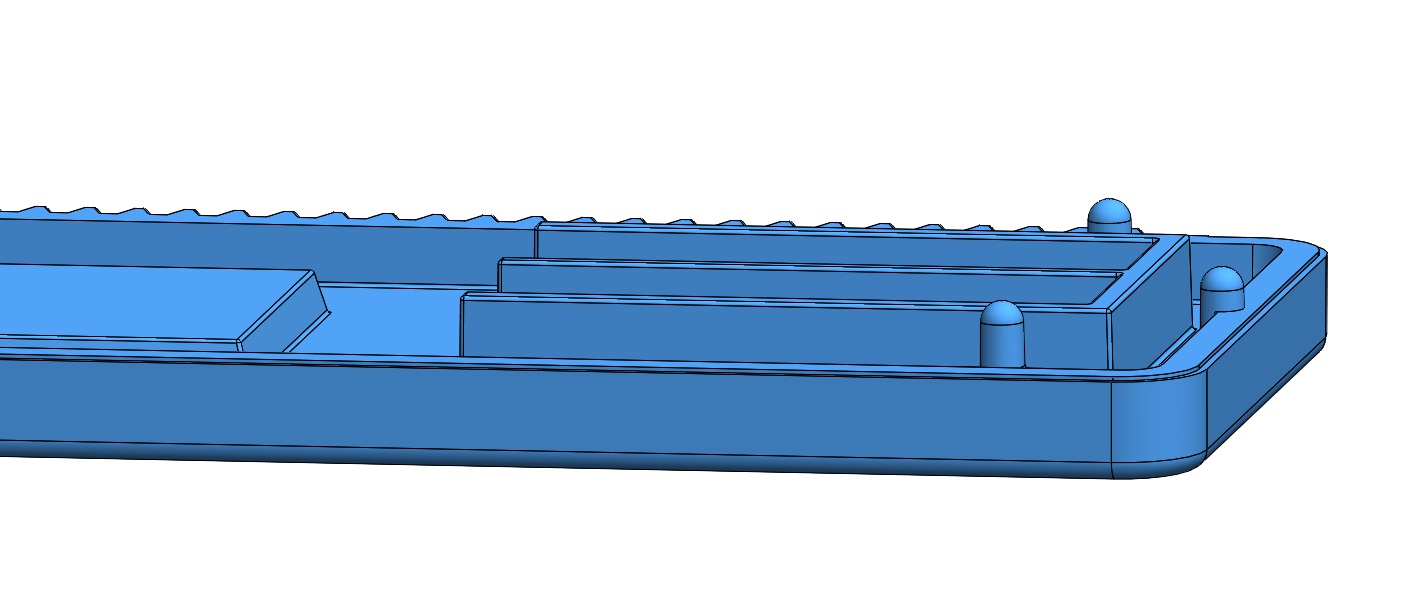Design for Manufacturing – Mitigating Misalignment Risks
Misalignment risks can be a significant challenge to detect during the product design process. However, by identifying and clarifying the risks early on, engineers can perform a faster and more thorough review of the design for manufacturing process. To this end, we have developed a simple checklist that can help identify and mitigate such risks.
The Design for Manufacturing (DFM) checklist encompasses both design for injection molding and design for assembly. One critical item on the checklist is the risk that two parts may join in an incorrect way.

During the design for manufacturing review process, it is essential to consider misalignment risks. If components are assembled incorrectly, the product may malfunction or not work at all. In a worst-case scenario, using a faulty product could lead to serious injury. Even in less serious situations, a misalignment can result in wasted resources and higher costs.
Misalignment problems often become apparent only after the design transfer phase. By this point, the costs of fixing them have already increased. Therefore, detecting and addressing these risks early on in the design for manufacturing process is crucial. An example case study illustrates this point.
Application
The client: A diagnostics company came to Natech aiming to plan for annual production in the millions of devices, so assembly automation was essential. The first rounds of parts would be manually assembled, and the program would develop the automated assembly in parallel. Collaborating on the design for manufacturing across vendors was critical for the long-term success of the program.
The product: The product is a diagnostic lateral flow test, which typically consists of a device that detects specific antibodies or antigens in a patient’s blood, urine, or other bodily fluids. In this case, the product had a custom housing consisting of nine components that needed to be assembled correctly to ensure the product would work.
Situation
Achieving Automated Assembly
The client designed a nine-component custom housing for a lateral flow test. The bottom housing used pins to create a compression fit with the top housing. If these parts were to rotate 180 degrees, they could join or appear to join incorrectly, causing the final product to fail.

Assembly automation was critical due to the high anticipated volumes. However, since the initial parts had to manually assembled, they carried the risk of human error. To reduce the risk of misalignment during automated assembly, the client wanted to improve the readiness of the design for manufacturing. Collaborating on the design for manufacturing across vendors was crucial for the long-term success of the program.
Tactic
Addressing Misalignment Risks
The team considered several approaches to reduce the risk of misalignment. They first evaluated whether adding an inspection check to ensure that the parts were not misaligned was feasible. However, this solution was deemed too wasteful of resources. The team ultimately decided to simplify the manufacturing process by not allowing for misalignment of the components while ensuring that the product would function correctly.
Action
Improving the Design for Manufacturing
Our engineers updated the design by misaligning the pins in an asymmetrical orientation. This ensured that the two components would not create a compression fit when rotated incorrectly. The two parts could still press fully against one another, but the pins would not engage with the pin holes, effectively preventing the components from fully meeting. The designers also added interference features that press against the pins during misalignment, keeping the two parts at a distance.

Results and Benefits
The new design successfully mitigated misalignment risks. Even when two parts were misaligned, they could not meet, close, or shut. Any attempt to assemble the two parts in the wrong orientation would be obvious and easy to detect.

Budgeting resources to envision improper assembly during design for manufacturing saves valuable resources during new product development. Using a checklist provides a practical means to conduct a thorough design for manufacturing. Ultimately, the goal is to move into production with a solid design for manufacturing and assembly of the final product.
For a free preliminary review of your design for manufacturing readiness, schedule time with a Natech engineer.
